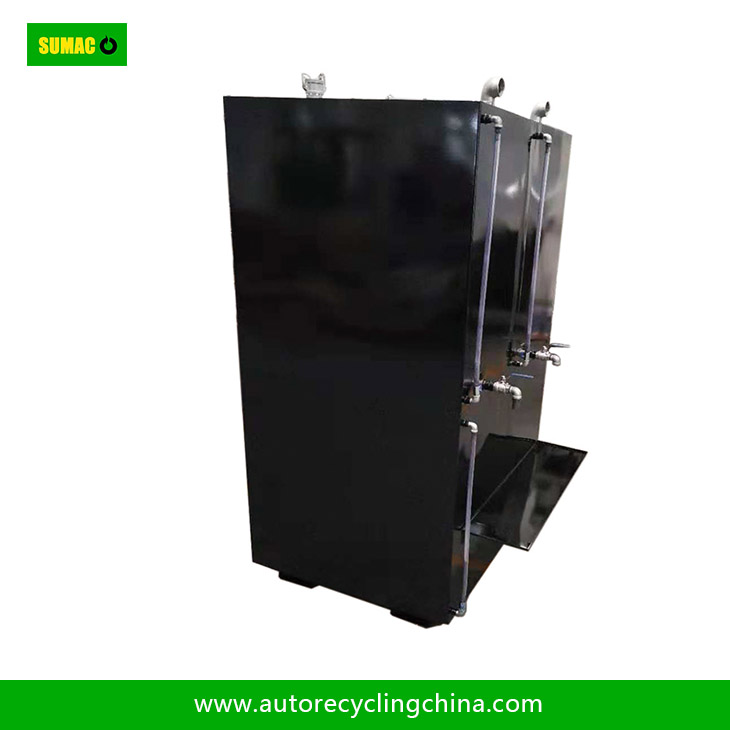Choosing the correct fuel pump power is crucial for ensuring efficient fuel delivery and preventing engine performance issues. The pump’s power must match the engine’s fuel demand, system pressure, and application requirements. Below are key factors to consider:
1. Determine Fuel Flow Rate (LPH or GPH)
-
The pump’s flow rate (liters per hour, LPH, or gallons per hour, GPH) must meet the engine’s maximum fuel consumption.
-
Formula:
-
For naturally aspirated engines: HP × 0.5 = Required GPH
-
For turbocharged engines: HP × 0.75 = Required GPH
-
Example: A 400HP turbo engine needs ~300 GPH.
-
2. Check Fuel Pressure Requirements (PSI/Bar)
-
Carbureted engines: Low pressure (4–7 PSI).
-
EFI (Electronic Fuel Injection): Higher pressure (30–100+ PSI, depending on direct injection or port injection).
-
Diesel engines: May require 10–30 PSI for common rail systems.
3. Consider Voltage & Electrical Compatibility
-
Most automotive pumps run on 12V, but high-performance pumps may need a boost-a-pump or upgraded wiring.
-
Ensure the vehicle’s alternator can support the pump’s current draw (check amperage rating).
4. Pump Type & Application
-
In-tank pumps: Common in modern cars, quieter, and cooler-running.
-
External pumps: Used in racing or custom builds, often higher flow but noisier.
-
Diesel vs. Gasoline: Diesel pumps must handle higher viscosity and possible contamination.
5. Safety & Redundancy
-
For high-performance or off-road use, consider a dual-pump setup or a brushless pump for reliability.
-
Always choose a pump with a built-in pressure relief valve to prevent over-pressurization.

